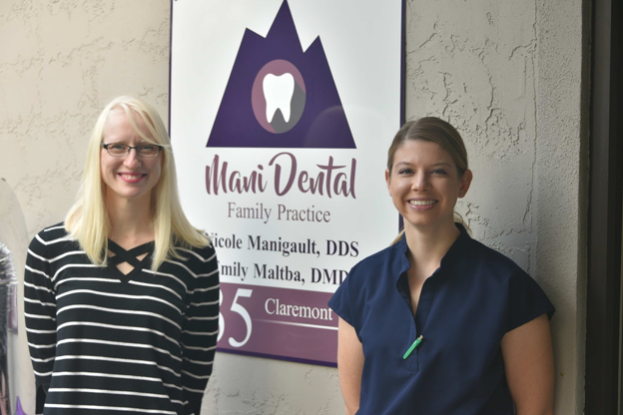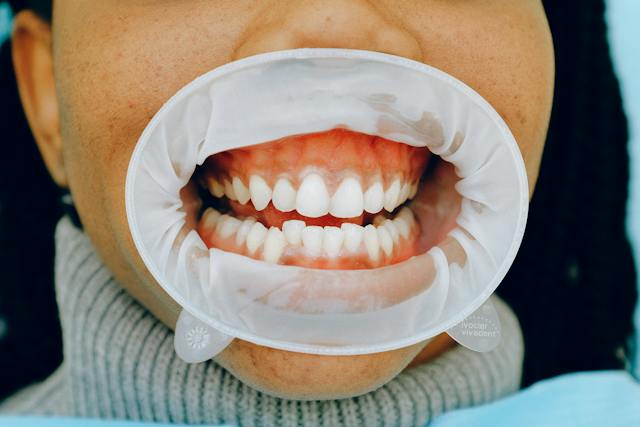Cavities: The Basics
The word “cavity” usually sparks an image of a blackened or rotting tooth. Cavities are both simpler and more complex than a simple rotting tooth, however. Cavities are the most common source of disease (dental or otherwise) in children. They are also one of the leading causes of problematic oral health, as a single cavity has the ability to negatively impact other aspects of your oral cavity.
What Are Cavities?
Cavities are areas of decay within a tooth. Cavities can be small and may only be identified by a small bit of discoloration in a tooth. Cavities can also be large, and cover the majority of a tooth’s surface. Cavities are essentially bacterial infections that have infiltrated the outer and/or inner layers of teeth.
Cavity Risk Factors
The most significant risk factor known for cavity development is a diet high in refined sugars. Inadequate oral hygiene can also play a significant role in cavity development. Some indications suggest that a hereditary cause can be at play, should genetics predispose you to having weak or thin enamel.
Most Common Ways to Treat Cavities
Cavity treatment is not merely fillings and fluoride. Cavities can be targeted by any number of dental procedures, and prevention involves more than simply brushing your teeth with fluoride toothpaste.
Dental Fillings
Dental fillings are the most common treatment option for treating cavities, as they allow the decaying tooth enamel to be drilled and filled without compromising the structure of the tooth. Dental fillings are usually made up of composite resin and can be minor, or they can be more extensive, depending on the amount of decay present in the tooth.
Root Canal Therapy
Root canal therapy is usually conducted on teeth that have a pit and fissure structure, such as molars, though it can also be completed on anterior teeth. Root canal therapy involves drilling into the tooth down to the root canals branching throughout the tooth and removing infected or inflamed pulp. The tooth is then filled and is usually capped using a crown.
Extraction and Repair
Tooth extractions are typically the last stage treatment for cavities. Extraction may only be recommended if decay occurs on the chewing surface of teeth and has penetrated too far into and across the tooth to safely retain the tooth through a standard filling, crown, or root canal. Once a tooth has been extracted, it is usually replaced with either a bridge or an implant.
Implants are false teeth that are drilled directly into the jaw bone to prevent bone loss. Bridges are false teeth that are held in place by crowns on either side of the bridge in question. Both provide a long-term solution for teeth to retain the aesthetic appearance of your grin.
Fluoride and Other Minor Treatments
In the early stages of cavities, dentists recommend fluoride and other first-step treatments to avoid unnecessary damage to the chewing surface of teeth. These types of cavities, sometimes called pre-cavities, may be corrected using appropriate dental hygiene practices and fluoride rinses.
Because decay reaches the innermost portions of teeth, it is important to rely on the recommendations of your dentist to treat and prevent cavities, rather than relying on home remedies.
Treating Cavities in Elkin, NC
The best way to address cavities is to prevent them. Brushing and flossing every day, regularly visiting your dentist for exams and cleanings, and immediately addressing warning signs such as sensitivity and discomfort can all do wonders in supporting your oral health and preventing cavities. Our dental office offers several options for cavity treatment in Elkin, NC. Schedule an appointment today to learn more!









